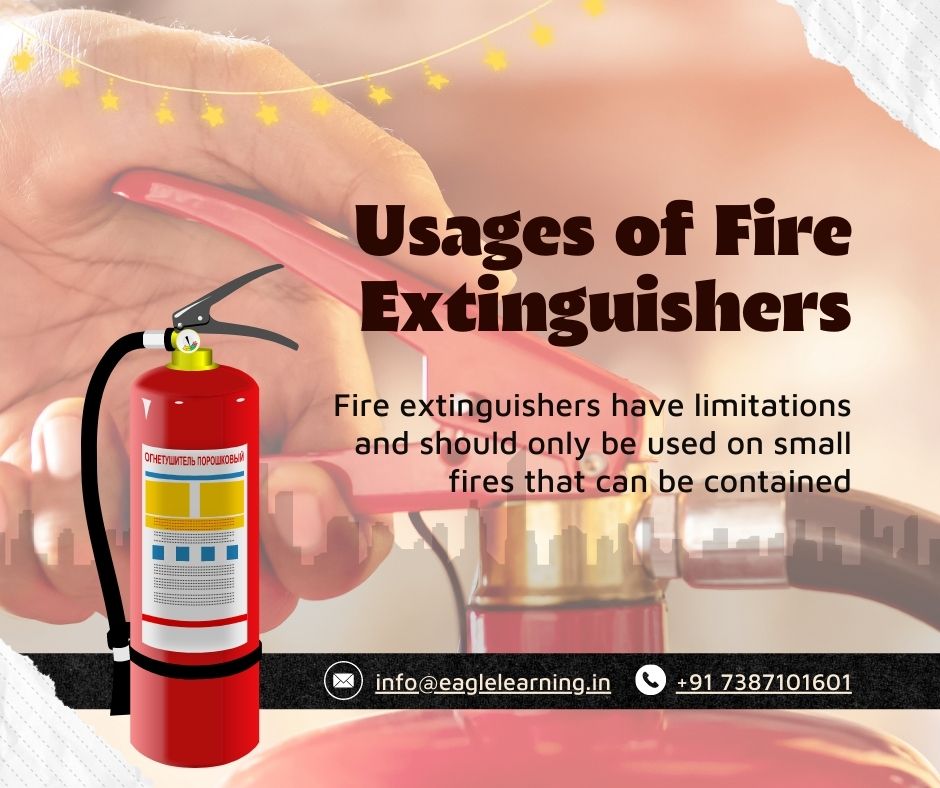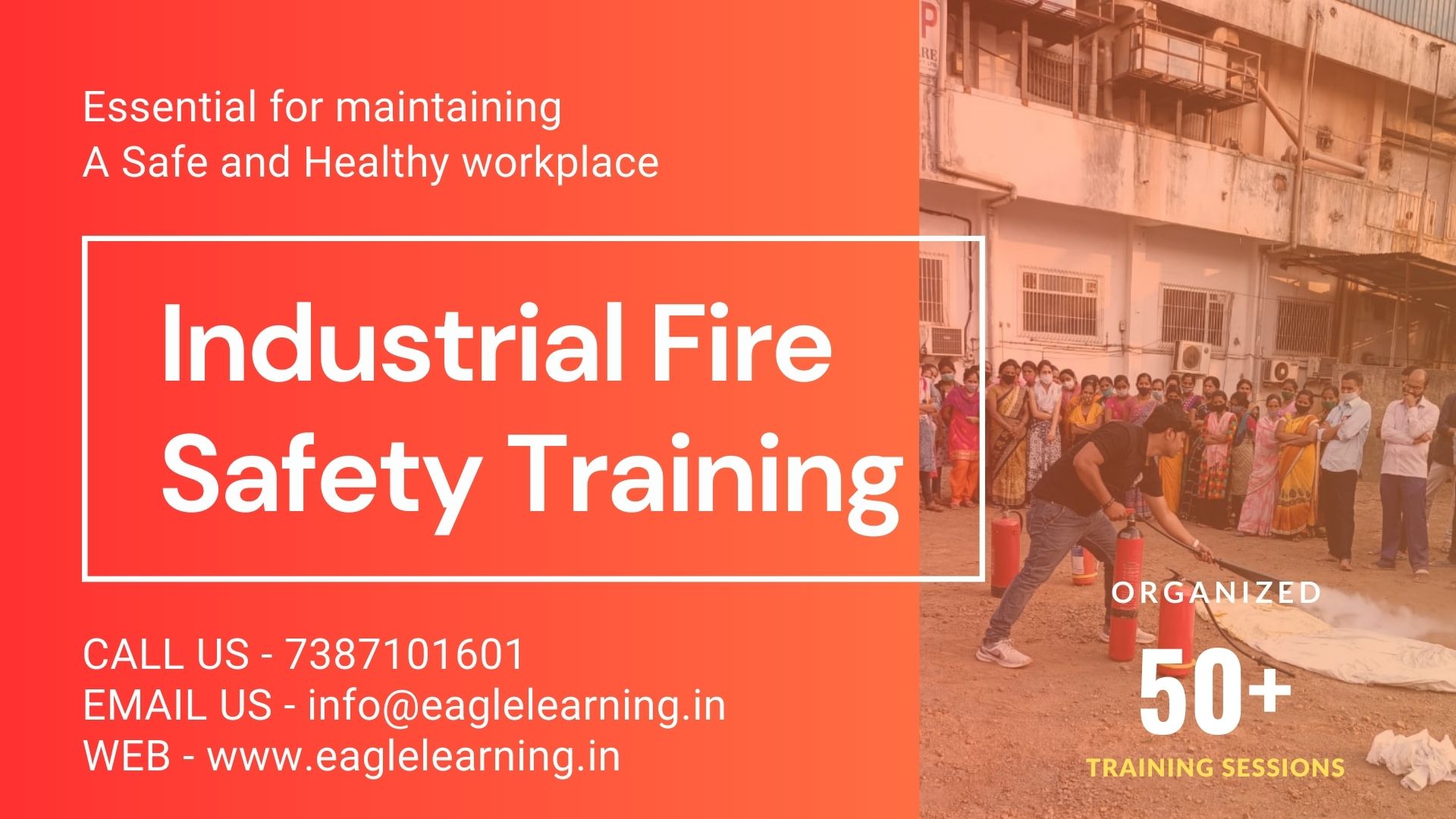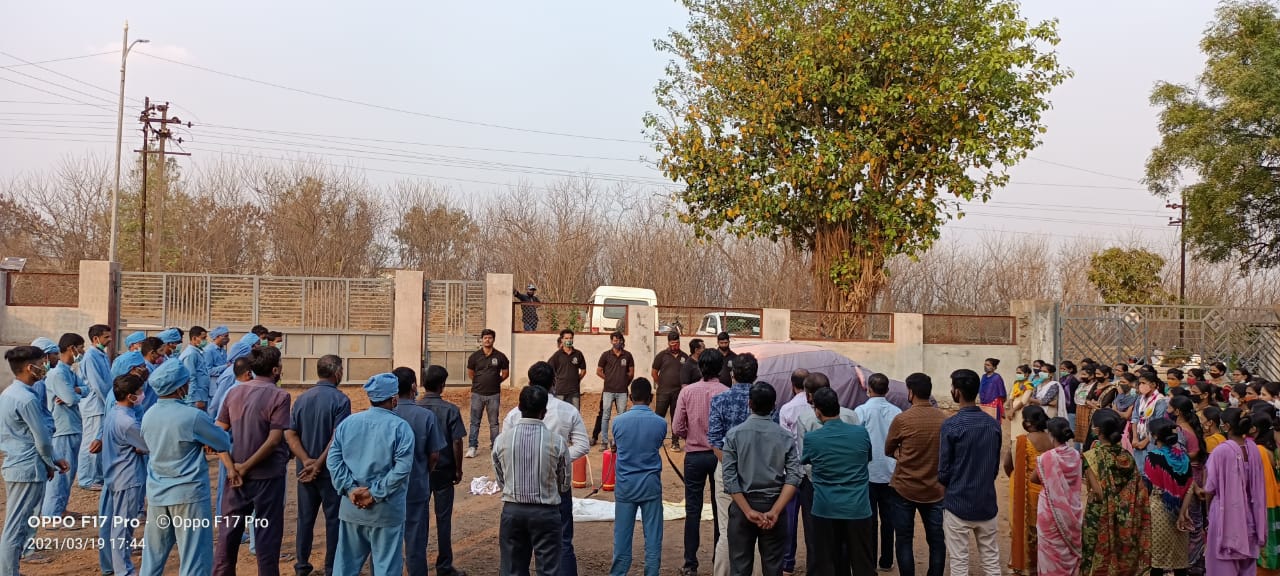Fire extinguishers are used to put out small fires or contain them before they grow larger and become more difficult to manage. They are an essential safety tool in any home, workplace, or public area. Here are some common usages of fire extinguishers
Continue readingOnsite Industrial fire safety training – Why?
Industrial fire safety training is a critical aspect of ensuring the safety and well-being of workers in industrial settings.
We are here to help you for Onsite Industrial fire safety training so feel free to contact us or CALL Us on 7387101601.
We provide our services in mentioned Service Areas : Karad, Satara District, Pune district, kolhapur district, Sangli district, Ratnagiri district and near by cities and MIDC areas in Maharashtra, India
Here are some key points to keep in mind when it comes to industrial fire safety training:
Identify potential fire hazards: The first step in industrial fire safety training is to identify potential fire hazards in the workplace. This may include flammable materials, electrical hazards, and improperly stored chemicals, among other things.
Develop a fire safety plan: Once potential hazards have been identified, it’s important to develop a fire safety plan that outlines emergency procedures, evacuation routes, and the proper use of fire extinguishers and other fire suppression equipment.
Train employees: All employees should receive comprehensive fire safety training, including how to identify potential hazards, how to respond in case of a fire, and how to properly use fire extinguishers and other fire suppression equipment.
Conduct regular fire drills: Regular fire drills should be conducted to ensure that all employees know what to do in case of a fire. These drills should be conducted under different scenarios to ensure that employees are prepared for any situation.
Maintain fire suppression equipment: It’s important to regularly inspect and maintain fire suppression equipment, such as fire extinguishers, sprinkler systems, and fire alarms, to ensure that they are in good working condition.
Review and update the fire safety plan: The fire safety plan should be reviewed and updated regularly to ensure that it reflects any changes in the workplace or new hazards that may have been identified.
By following these guidelines, employers can help to ensure that their employees are prepared to respond to a fire and that their workplace is as safe as possible.
Eagle Institute is an authorized training institute for National Academy of Fire and Safety Engineering, Nagpur. Mainly Known As NAFS Is An National Awarded Organization Imparting Professional And Quality Training Courses In Construction Supervisor, Fire Engineering, Safety Management, Industrial Safety, Occupational Health, Environmental Science, First Aid And Disaster Management As A National Level Through ATC/PCP Centre’s.
Fire safety training helps ensure the safety of individuals and property
Fire safety training is the process of educating individuals on how to prevent and respond to fires in a safe and effective manner. This training covers topics such as fire prevention, identifying potential fire hazards, using fire extinguishers, evacuation procedures, and how to contact emergency services.
The purpose of fire safety training is to increase awareness of fire risks and teach individuals how to respond in the event of a fire. It can be conducted in various settings, including workplaces, schools, and residential buildings. Fire safety training helps ensure the safety of individuals and property, and can prevent or minimize the damage caused by fires.
The training requirements can vary depending on the industry, location, and specific regulations in place. However, there are some general guidelines that most workplaces should follow. Here are some key areas that you may want to cover in your fire safety training program:
We are here to help you for official fire safety training so feel free to contact us.
For our recent training sessions visit our gallery.
Emergency Action Plan:
All workplaces should have an emergency action plan in place that outlines procedures for responding to a fire or other emergency. This plan should be regularly reviewed and updated as necessary.
Fire Prevention:
All employees should be trained on how to prevent fires in the workplace. This may include information on how to properly store flammable materials, how to safely use electrical equipment, and how to identify potential fire hazards.
Evacuation Procedures:
Employees should be trained on the proper procedures for evacuating the workplace in the event of a fire. This should include information on how to use fire exits and any other emergency exits, as well as a designated meeting place outside of the building.
Fire Extinguisher Training:
Depending on the workplace, employees may need to be trained on how to use fire extinguishers. This training should include information on how to select the appropriate extinguisher for the type of fire and how to properly operate it.
Regular Drills:
Regular fire drills should be conducted to ensure that employees are prepared in the event of an actual fire. These drills should be documented and any necessary changes to the emergency action plan should be made based on the results of the drills.
Specialized Training:
Depending on the workplace, specialized fire safety training may be required. For example, healthcare facilities may require specific training on how to evacuate patients in the event of a fire.
First aid:
Train people on basic first aid techniques, such as how to treat burns and smoke inhalation.
It is important to check with your local fire department or other regulatory agency to determine the specific fire safety training requirements for your workplace.
Remember, fire safety training is not a one-time event. Regular refreshers are needed to ensure that people don’t forget what they’ve learned and stay up-to-date with any changes to fire safety regulations or equipment.



